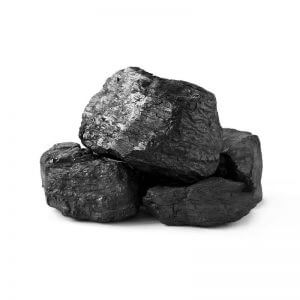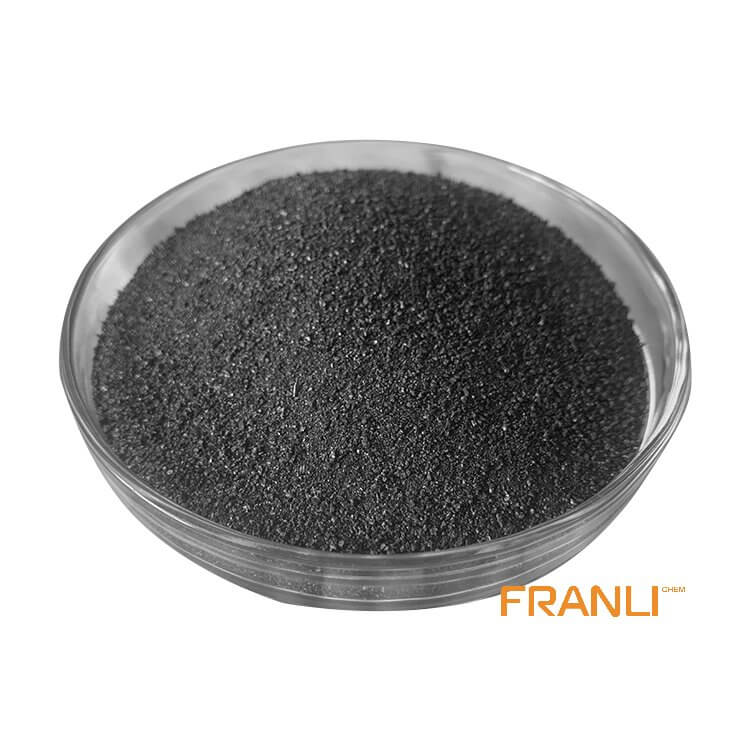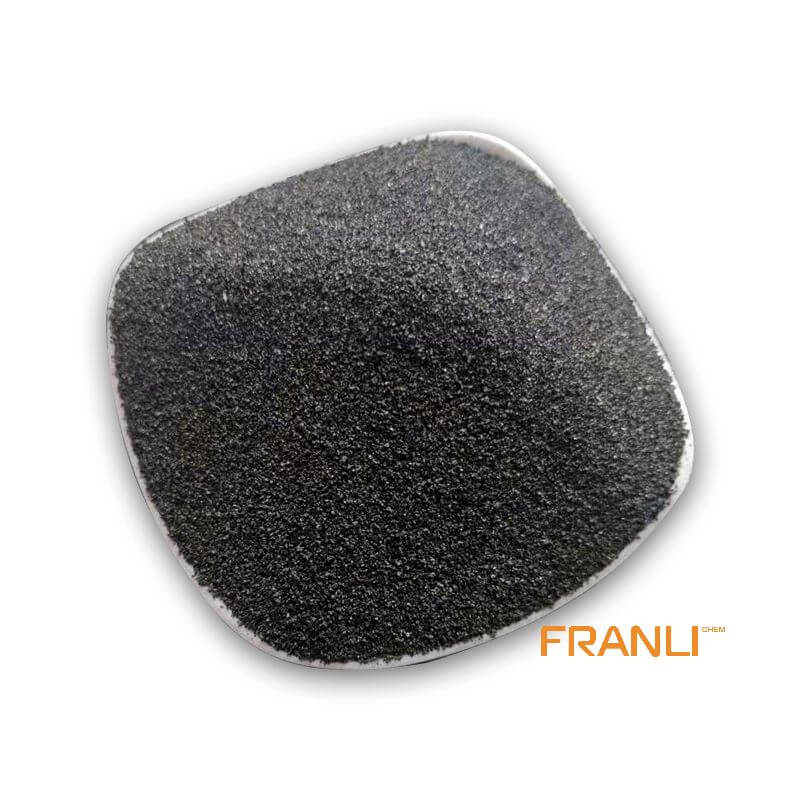


Petroleum Coke
Size
According to your requirements
Package
25 kg small bags into ton bags or ton bags
Features
Low ash content and low boiler ash discharge, etc.
Application
Depending on its quality, petroleum coke can be used in industries such as graphite, smelting and chemical industry, etc
Petroleum coke, as a byproduct of petroleum, is produced in the process of petroleum processing, that is, the crude oil is distilled to separate light and heavy oil, and the heavy oil is converted into petroleum coke by hot cracking. If petroleum coke can be obtained directly from petroleum processing, then the petroleum coke is raw coke or ordinary coke. Petroleum coke has irregular shape, dark gray or black, porous structure and metallic luster.
Request a quote
Since December, with the rebound of local refined petroleum coke price, the overall trading atmosphere of the market has improved significantly, including the shipment of imported petroleum coke. At present, the downstream policy is basically clear during the Winter Olympics, but the capacity utilization rate of the delayed coking unit of the local refinery has also decreased significantly recently, and some local refineries are also in a certain dilemma recently. Will the upstream and downstream games intensify in the later stage?

By 2023, the average capacity utilization rate of China’s delayed coking units has been 64.71%. This week, the capacity utilization rate of domestic delayed coking units reached the highest point of 68.41% in the whole year, and the lowest point was less than 60% at the end of July. It can be seen from the above figure that the change chart of the capacity utilization rate of local refining delay and coking unit in the first half of the year is basically consistent with the national trend, but since the second half of the year, the trend of the capacity utilization rate of local refining delay coking unit has been obviously inconsistent with the national trend.
In 2023, the average capacity utilization rate of domestic local refining delayed coking units was 62.86%, 1.85 percentage points lower than the national average. The highest point of the capacity utilization rate of local refining delayed coking unit was 71.51% in mid-November, and the lowest point was 50.33% in late July.
On the whole, the domestic local refining delayed coking units were overhauled in the third quarter, resulting in the capacity utilization of domestic local refining delayed coking units in the whole third quarter, forming a depression this year. In the fourth quarter, with the start-up of units and considerable profits of the delayed coking units, the capacity utilization rate of local refining delayed coking units continued to rise.
However, since late November, due to the tight crude oil and various inspections of the local refinery, the capacity utilization rate of the local refinery delayed coking unit has decreased significantly. Up to now, the capacity utilization rate of domestic local refining delayed coking units has decreased to 67.35%, which is still at a relatively high level because there are few maintenance units at present.

From the changing trend of domestic ground refined medium sulfur petroleum coke price shown in the figure above, the petroleum coke price has fallen precipitously since the end of September under the pressure of many bad downstream. Since the end of November, the price of ground refined petroleum coke has bottomed out, and there have been signs of a slight rebound recently. Up to now, the price of locally refined petroleum coke has rebounded by 55-309 yuan/ton.
Since the price of refined petroleum coke gradually stopped falling at the end of November, there is still an obvious gap in the recent price rebound. It can be seen from the above table that the price of 3b and 4A petroleum coke increased relatively, both exceeding 15%, mainly because the high sulfur in the early price reduction range is that the price of petroleum coke fell too fast. For other models, the overall increase is between 3% – 8%, especially 2A petroleum coke. This reflects that in the case of a market downturn, the fall resistance of low sulfur coke is much higher than that of high sulfur coke, especially the low sulfur and low vanadium petroleum coke resources have been in a tight supply state, and the petroleum coke with good indicators is relatively more value preserving.
With the Winter Olympics approaching, the production restriction policy in the north is basically clear, and the operating rate of downstream industries in the later stage is not optimistic, which is obviously bad for the later market. However, the capacity utilization rate of domestic local refining delayed coking units has also declined, especially in Shandong local refining. At present, the refinery is not optimistic. Although the production restriction policy of the Winter Olympic Games has little impact on the refinery, other factors are affecting the production of local refining. In the later stage, there is a risk that the capacity utilization rate of local refining delayed units will continue to decline according to the plan. However, how the final market develops depends on which of the supply and demand sides reduces production more, and whether the situation of oversupply of resources can be effectively improved. According to Longzhong’s information, it is still more negative in the downstream than in the upstream, and the supply-demand relationship in the petroleum coke market still needs price regulation.



